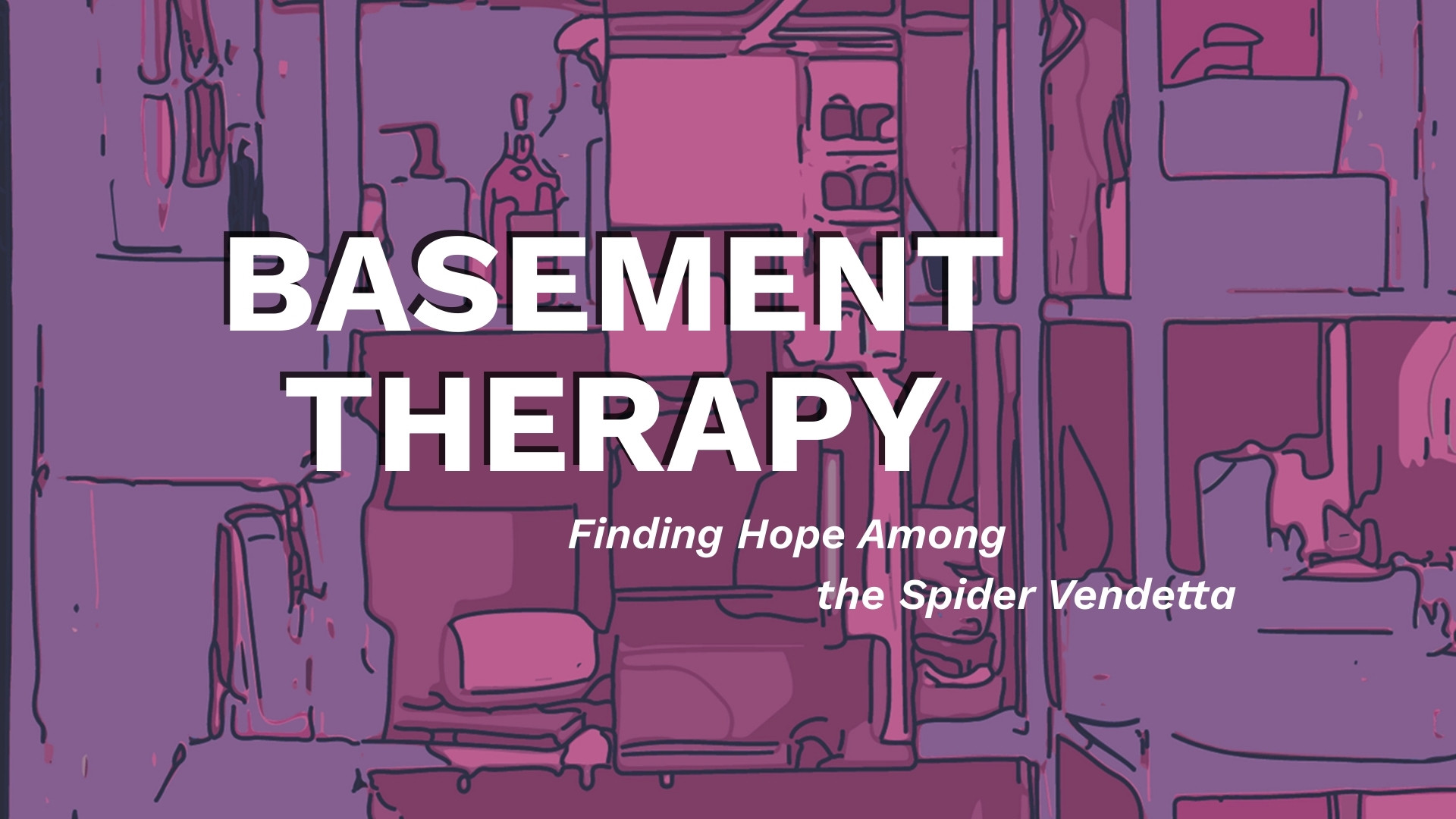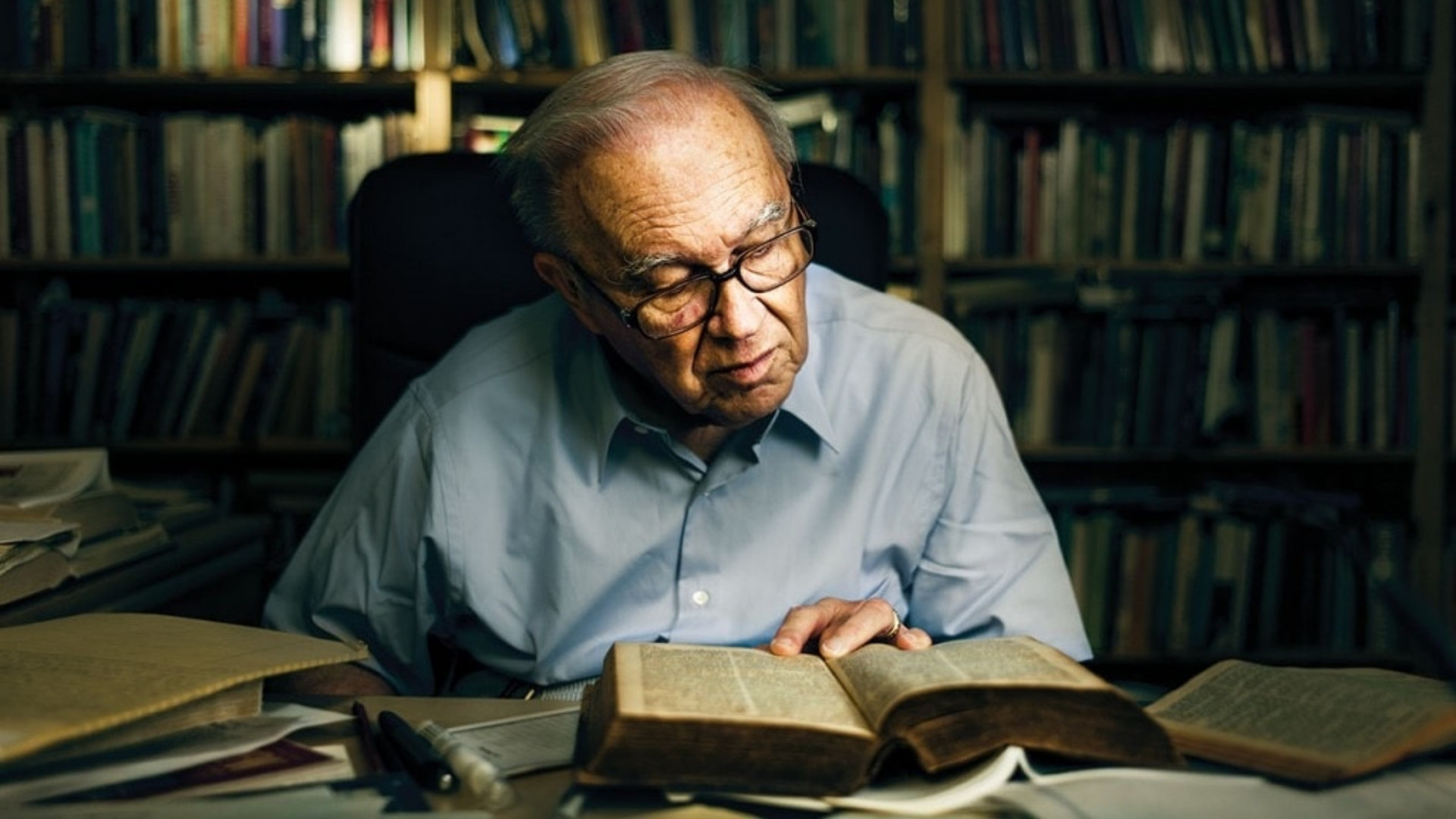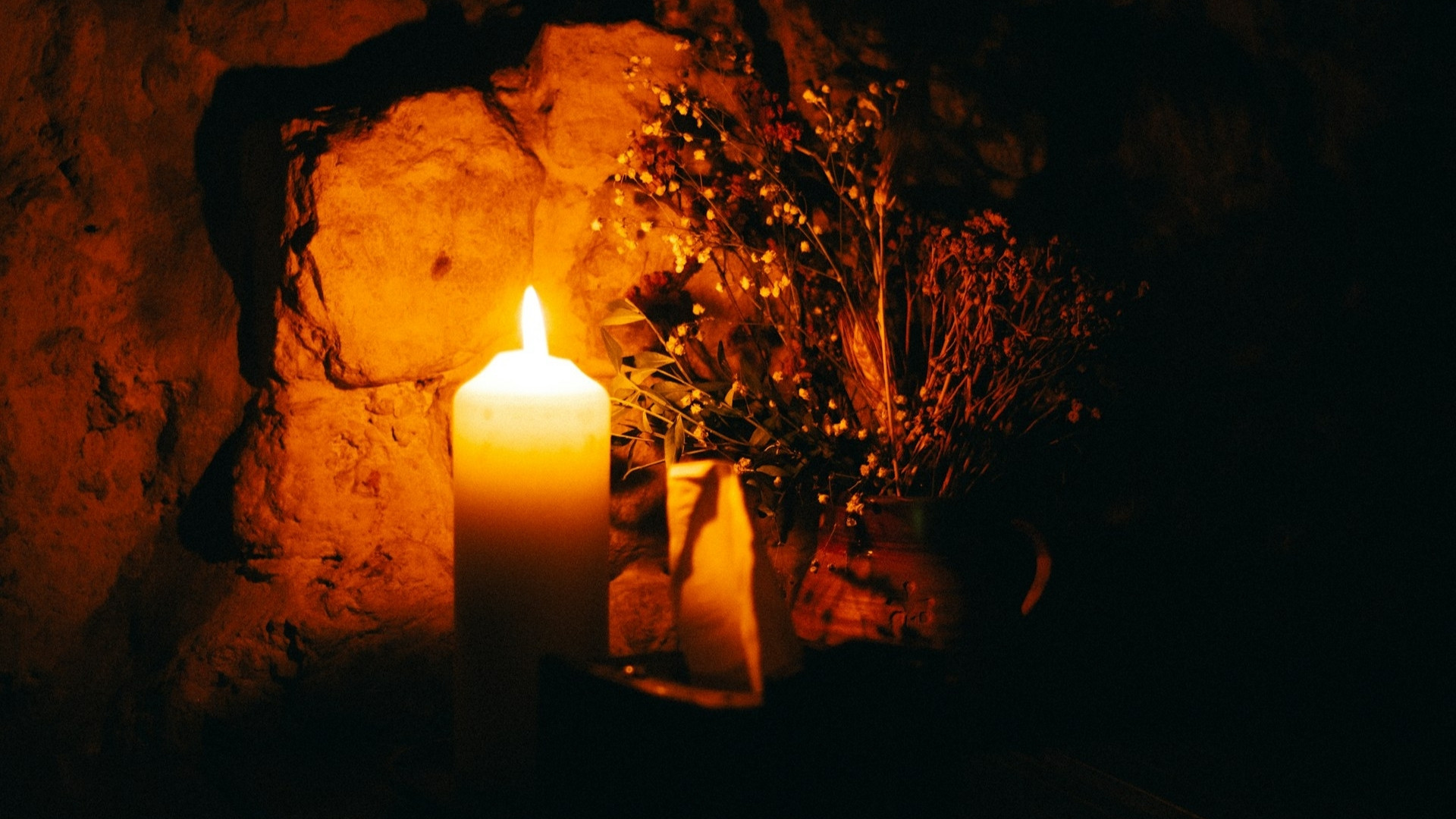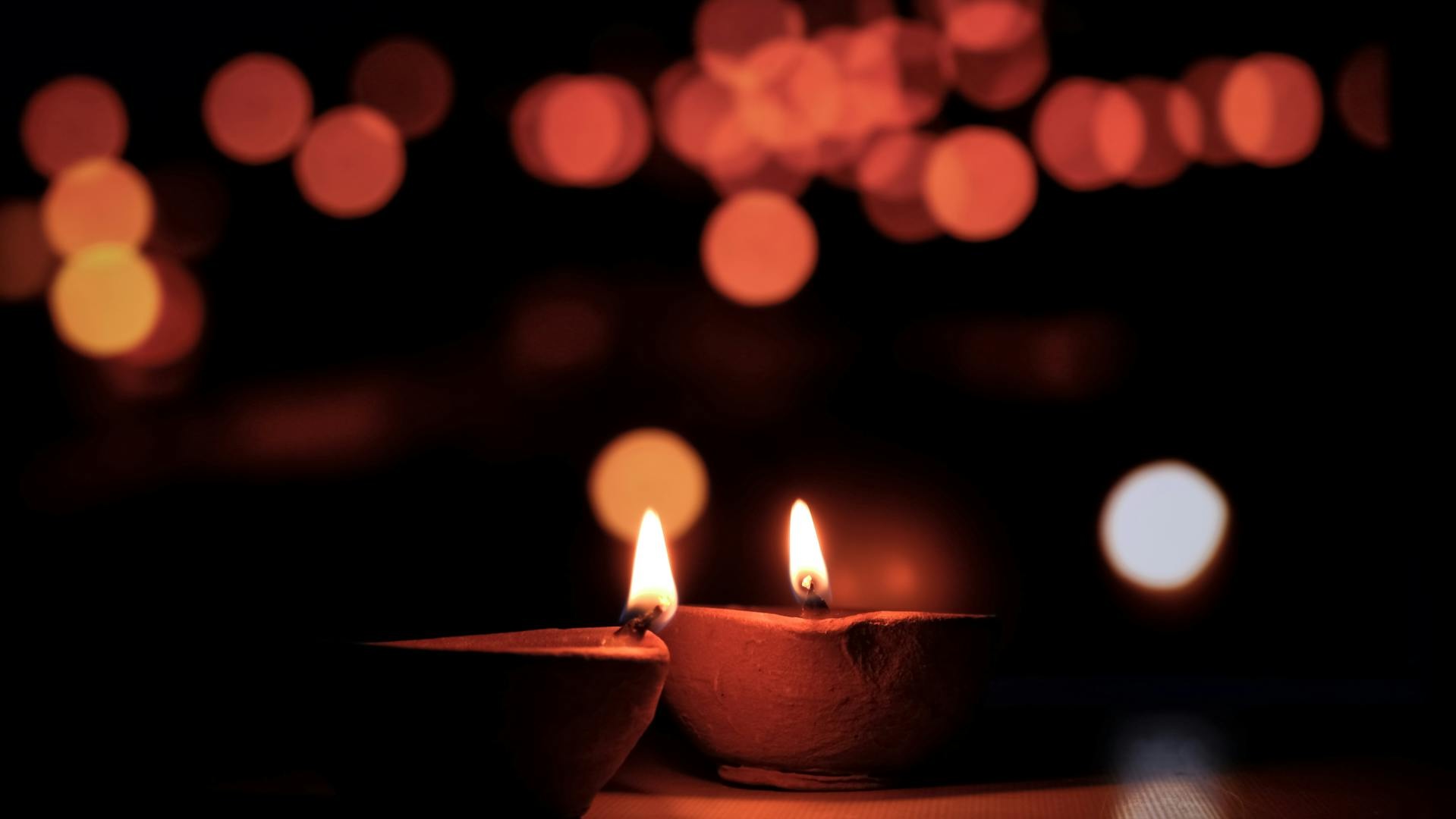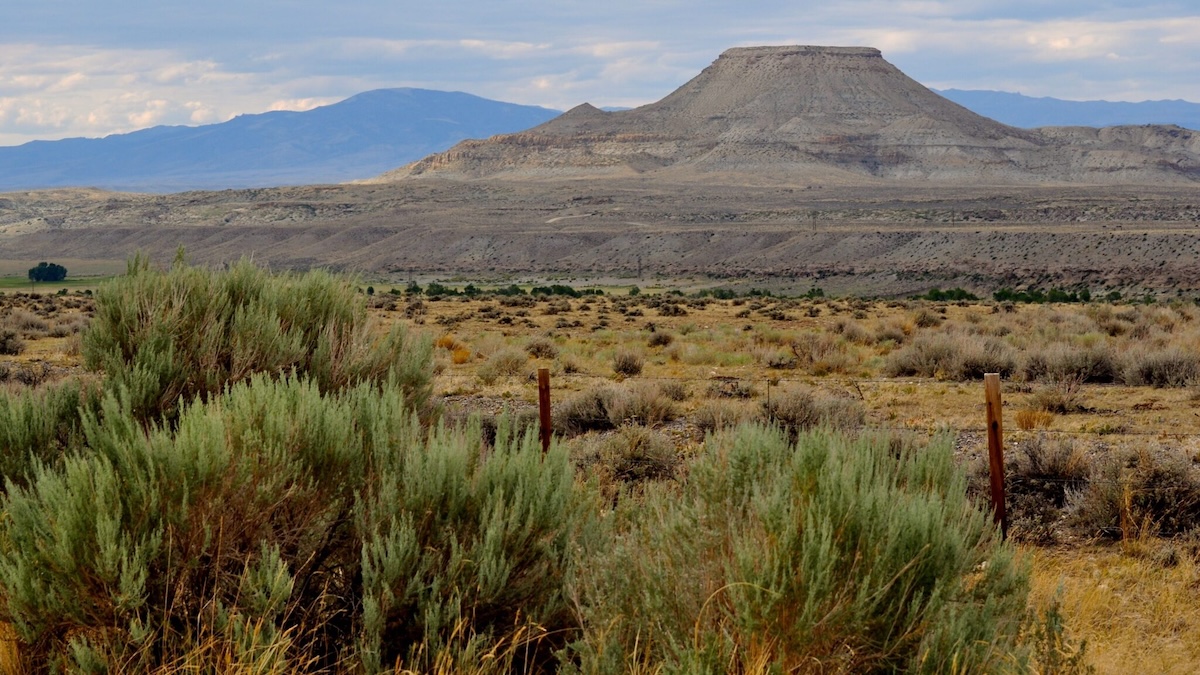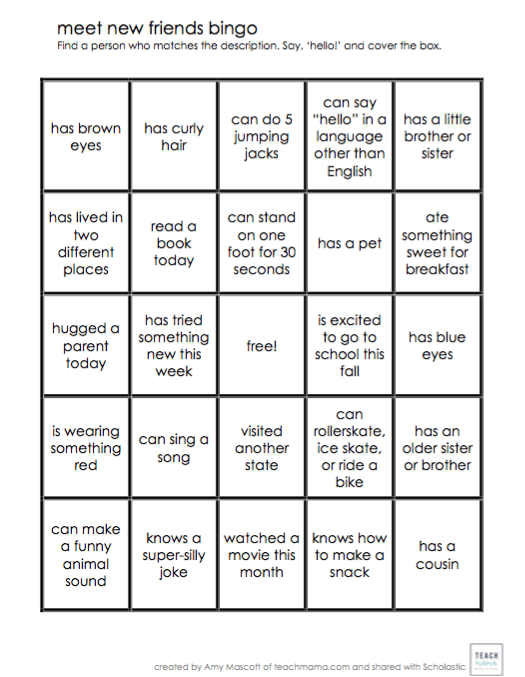The gift of a haunting dream
When Les showed up at the picnic I jumped up from my blanket. I hadn’t seen him for years and I hurried to greet him. He warmly put out his hand to greet me, but when I grabbed it my whole body shuddered. The last three fingers on his right hand had no skin, only bones. They looked like skeleton fingers.
Les felt my tremor. “I’ve got a rare and little-known disease. Evidently I was stung by something evil. Then I waited too long to get it diagnosed. Now my doctor’s not sure he can help. There appears to be no way to stop it. More and more of my bones are going to show up.”
I gave Les a hug. “I’m so sorry.” It was all I could think to say.
A couple months later, I ran into Les again. Only bones were left of his lower jaw; his right hand was worse. I wanted to run away.
Then I found myself in a house with two old women. One was trying to put two skeletons into a closet downstairs. I tried to help, but something kept getting in the way. Then I asked the other woman, “What do you know about Les’s prognosis?”
“I’m familiar with Les,” she said. “I saw him at the picnic too. It’s tragic. He doesn’t know how bad he has it. There’s nothing I can do. He didn’t go to the doctor soon enough. Soon he’ll be all skeleton.”
 The idea of Les becoming a skeleton rang in my ears—so loud it woke me from my dream. I rubbed my eyes enough to discover that I was sitting upright in my bed. Relieved, I plopped back down onto my pillow, but I couldn’t find a comfortable position. Les had been my best friend in junior high. Though we hadn’t spoken for years, we were still close. If something was wrong, I wanted to know. Maybe I could help.
The idea of Les becoming a skeleton rang in my ears—so loud it woke me from my dream. I rubbed my eyes enough to discover that I was sitting upright in my bed. Relieved, I plopped back down onto my pillow, but I couldn’t find a comfortable position. Les had been my best friend in junior high. Though we hadn’t spoken for years, we were still close. If something was wrong, I wanted to know. Maybe I could help.
I fumbled in the dark for the light switch next to my bed. When I got the light on, I uncapped a pen and urgently began
writing down the details of the dream for my class at Fuller Theological Seminary in Jungian psychology. The first five or six dreams I had recorded seemed a bunch of gobbledygook with no connection to reality. I had been wondering if I really bought the idea that dreams could inform our conscious lives.
But this dream was different. It was the only one I’d recorded that had any energy. And my friend was in it.
I approached my professor before class that day to make sure I could present my dream. Regardless of my skepticism, I needed to find out what this dream was telling me about Les. When it was my turn, I stood at the podium and took a couple of deep breaths before I read from my log. Afterward, my classmates asked what associations I had with different parts of the dream.
“Well, Les is a good friend and a free spirit. He took eight years to finish college. During the summer, he runs biking tours in Vermont. Settle down and live a boring life? No way. He also always challenges my beliefs.”
Then they asked me for associations with the disease that was turning his hand into a skeleton.
“Bones remind me of a passage in the Hebrew Scriptures. God promises to put life back into a valley of dry and brittle bones. Skeletons also get associated with death, so I suppose the skeleton means the absence of life.” Casually I added, “And my brother Bruce has cancer.”
My professor sat up. “Brian, could you repeat what you just said?”
“Sure,” I replied. “Bruce has cancer. The doctors are struggling to treat it. They haven’t found anything that
works yet.”
“Do you think there is any connection between Les’s disease in the dream and your brother’s cancer?” he asked.
Why is he asking about Bruce?
I had just seen Bruce. Though he had been diagnosed with cancer at the age of thirty-two, the chemotherapy left no visible side effects. In fact, he looked like the Bruce I had always known. The cowlick flipping his thick brown hair onto his forehead still needed a trim. His gut still protruded in front of his belt. His smile still showed the caps on the front teeth he had lost playing hockey in high school.
Bruce is fine. There’s no way this dream is about Bruce.
I started to sweat. I wondered if someone had turned up the thermostat.
“Well, Les’s disease has an unknown quality to it, and Bruce has white cell lymphoma, which is rare.
The doctors don’t know much about it. The lymphoma is also in Bruce’s bone marrow. I guess that could coincide with Les’s bones showing,” I said.
The room kept getting warmer. I took out my handkerchief to wipe off my forehead. Why isn’t he asking about Les? This dream is about Les!
My memories with Les were wonderful: playing Ping-Pong, building bonfires, and drinking case after case of bottled Pepsi while we talked about girls and faith and other deep stuff. I didn’t have memories like those with
Bruce. He was four years older than I was. We’d done things together, but I didn’t feel very close to him. We were
growing closer as we got older, but we never talked about deep stuff.
I rolled up the sleeves on my shirt. My voice wavered. “I …I don’t really think the two are connected.”
Gently my professor responded, “I wonder if the connection might be stronger than you think, Brian.”
Frantically I scanned the room for an open window. Instead, I saw my classmates all nodding their heads, their faces filled with concern. They had already accompanied me through a number of family deaths. I looked away.
Then I made the final connection: the skeletons the old woman was putting away—what if they represented the recent family deaths I couldn’t put away? The deaths of Grandma Ruth, Uncle Wally, and my brother-in-law Woody continued to haunt me.
I gave up fighting. The dream was not about Les. Whether or not I wanted to admit it, the dream was about Bruce.
I sat down. The professor left dream interpretation and began lecturing on the warrior archetype. I wanted nothing to do with warriors bravely standing up to their circumstances. I wanted to run and hide from my new understanding. But I couldn’t. My thoughts kept running back to the dream. What if the dream is right? What if he’s turning into a
skeleton and I can’t stop it?
What if Bruce is dying?
A week later, Bruce was back in the hospital. Six months of chemotherapy had been ineffective, and the doctors were back at square one. They were starting a new round of chemo the next day. I booked a flight to Chicago.
When I got to the hospital, Bruce was watching basketball. Duke was playing undefeated UNLV in the semifinal game of the NCAA tournament. There was no question that we were going to watch the game. Nevertheless, Bruce seemed more subdued than usual.
When Duke called a timeout late in the game, my man-of-few-words brother said to me, “I don’t know if I’ll ever get out of this hospital. I’m not sure I can beat this cancer.”
Bruce looked at his toes peeking out from beneath the white blanket. He didn’t look at me. I looked at his toes too. Giving him a hug or shedding tears wasn’t part of the family repertoire. I couldn’t say I thought everything was going to be okay. That would have been lying.
Basketball came back from commercial. Duke’s timeout was over and the game resumed. Bruce’s gaze returned to the game. I followed his lead. We spent the next two days together, but we spoke no more about his situation. Neither of us knew how. Then I flew back to California to resume my studies. Even if the dream was not predictive, even if my brother wasn’t going to turn into a skeleton, I was grateful for the little bit of connection we’d had.
Three months later, I got a call one morning from my sister-in-law. Bruce was battling a serious blood infection, and it didn’t look good. One by one his organs were shutting down. I thanked her for calling, hung up the phone, and waited. That evening my brother Paul called. Bruce had died.
I got off the phone and broke down. I cried for his loss. I cried for our lack of connection. I cried because there would be no future together. Yet I was also thankful. Thankful I had been enrolled that semester in a class on dream interpretation. Thankful I had had a dream that told me to take my brother’s cancer seriously. Thankful for a wonderful time watching basketball together in a hospital room and an awkward attempt at a conversation neither of us knew how to have.
I’m still not sure what I think about dream interpretation. I remain cautious about making connections between my dreams and reality. Nevertheless, I am grateful for that dream. It woke me up so I could have time with my brother.
Brian Madvig is a clinical psychologist and member of Winnetka Covenant Church in Wilmette, Illinois. This article is adapted from his book of stories, 33 Weeks of Ordinary (2012).




